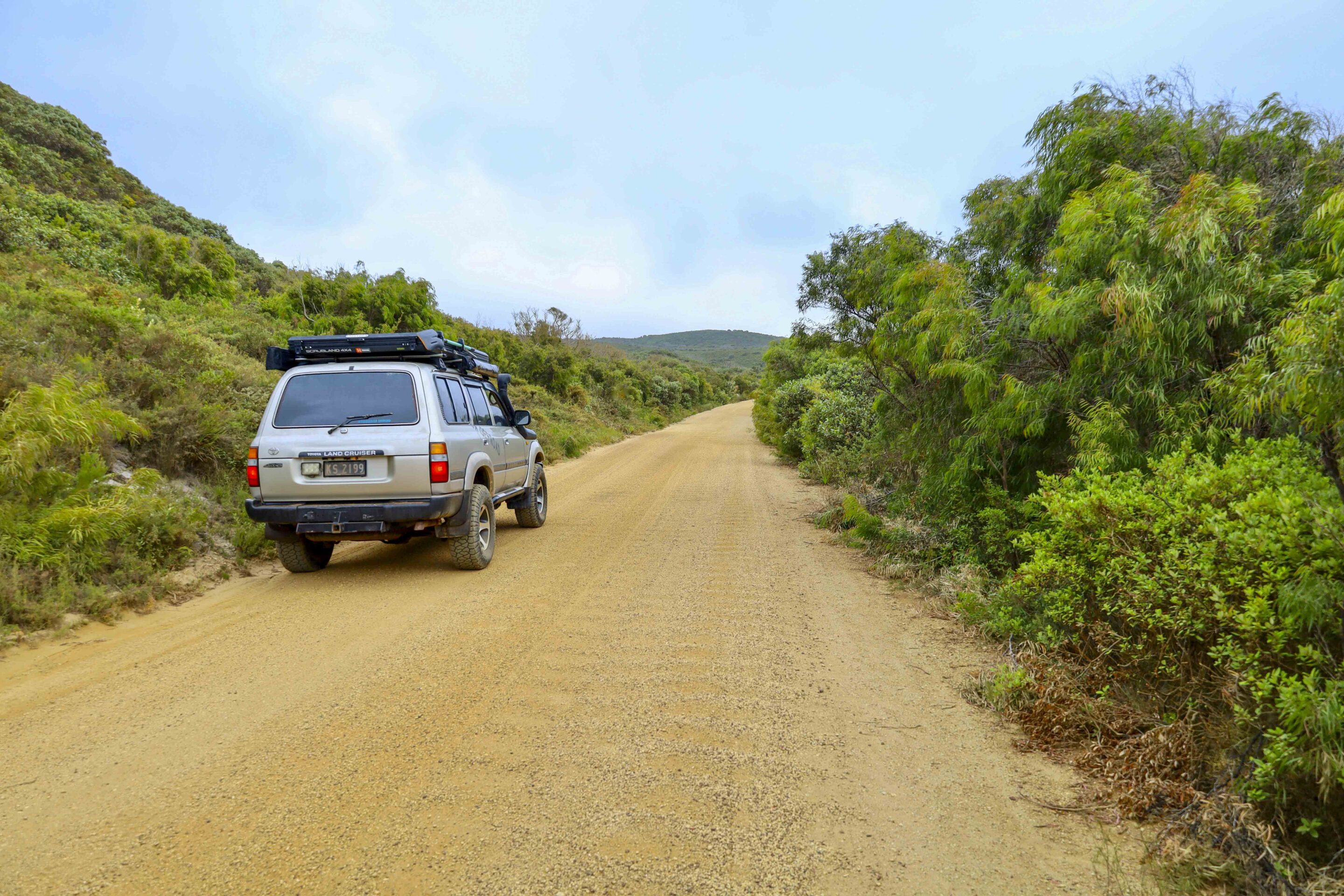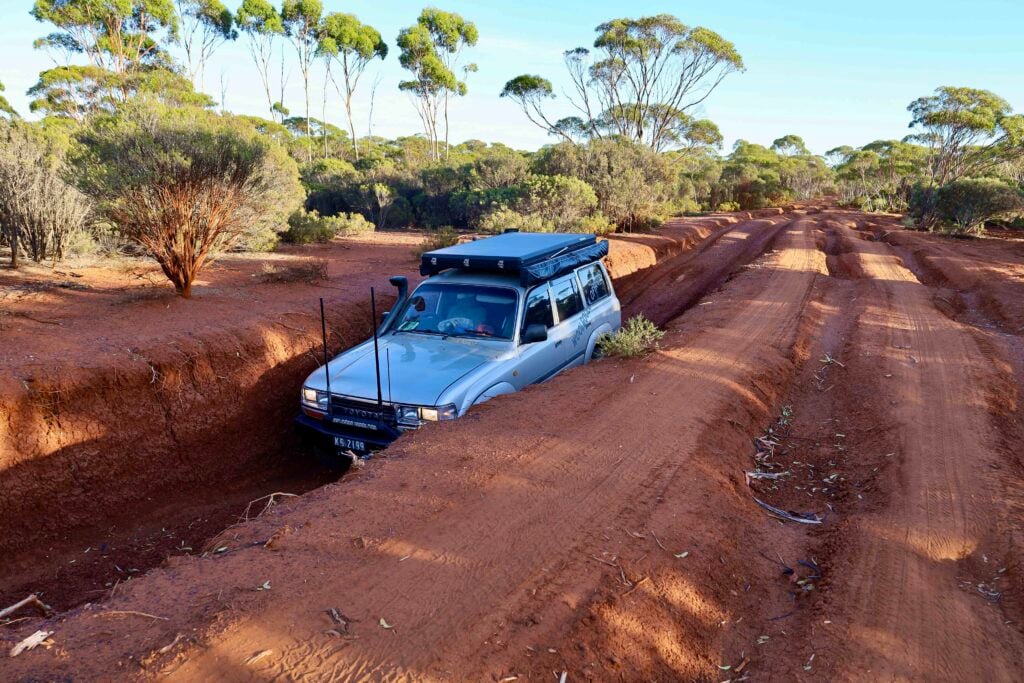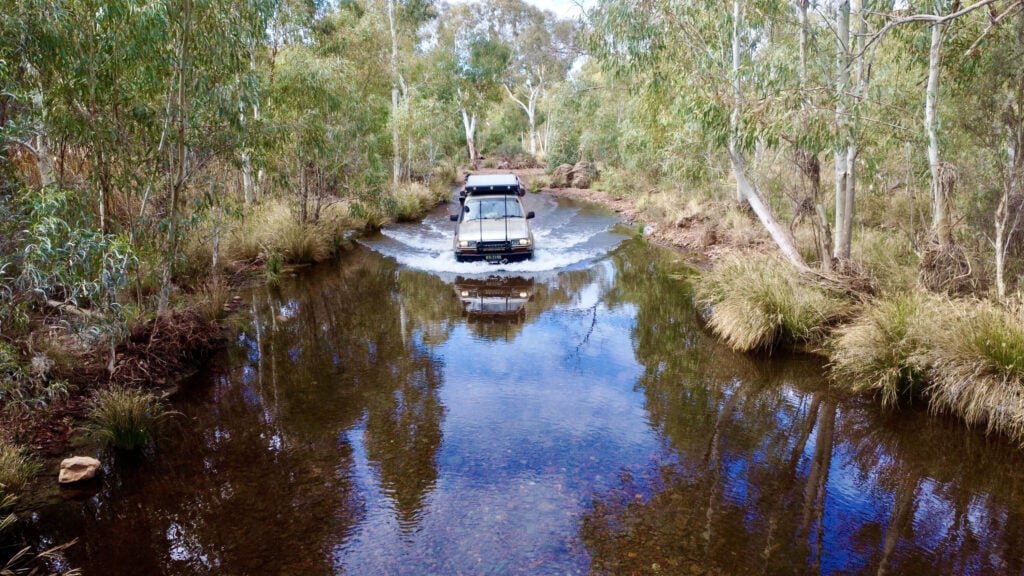Nearly 400 years ago, Dutch explorer Pieter Nuyts skirted what he saw as a “barren wasteland” aboard the Gulden Zeepaardt. But it wasn’t until 1826 that the British officially claimed this remote coast, arriving aboard the Amity and founding a convict outpost that would become Albany.
Originally called Frederick’s Town, it was renamed Albany in 1832. For a time, it flourished as a key deepwater port—until Perth stole the spotlight further north.
Explorers like John Eyre and even poet Henry Lawson passed through Albany, both captivated by its isolated charm. It later served as a whaling hub and a departure point for thousands of ANZAC troops heading to WWI.
Today, Albany is a thriving regional city of around 40,000 people. With a Mediterranean climate and a strong economy built on tourism, agriculture, and timber, it’s more than just a historic outpost – it’s a springboard into some of Australia’s wildest and most rewarding landscapes.
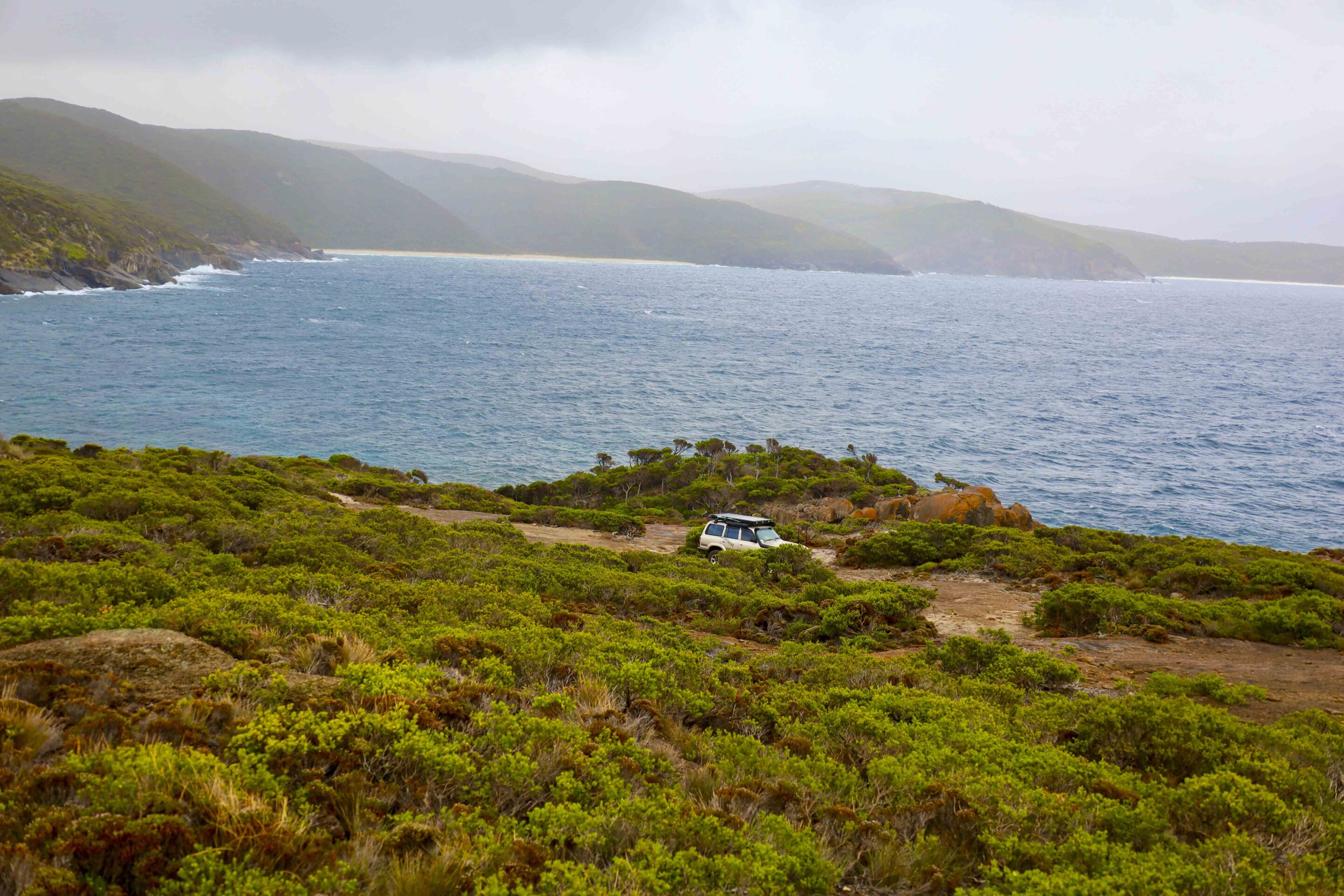
Plenty to see
With nearly two centuries of European history, there’s no shortage of places to explore.
Begin your journey in the town centre, where the heritage-listed main street leads toward the waterfront. Grab a heritage walk map to discover five self-guided trails featuring more than 30 sites, from churches and museums to the Old Gaol and a full-scale replica of the Amity.
Just 22km from town, Albany’s Historic Whaling Station offers a deep dive into a controversial past. Once a functioning processing facility, it’s now a museum where visitors can explore old machinery, board the Cheynes IV whaleboat, and view the world’s first 3D animated whale film.
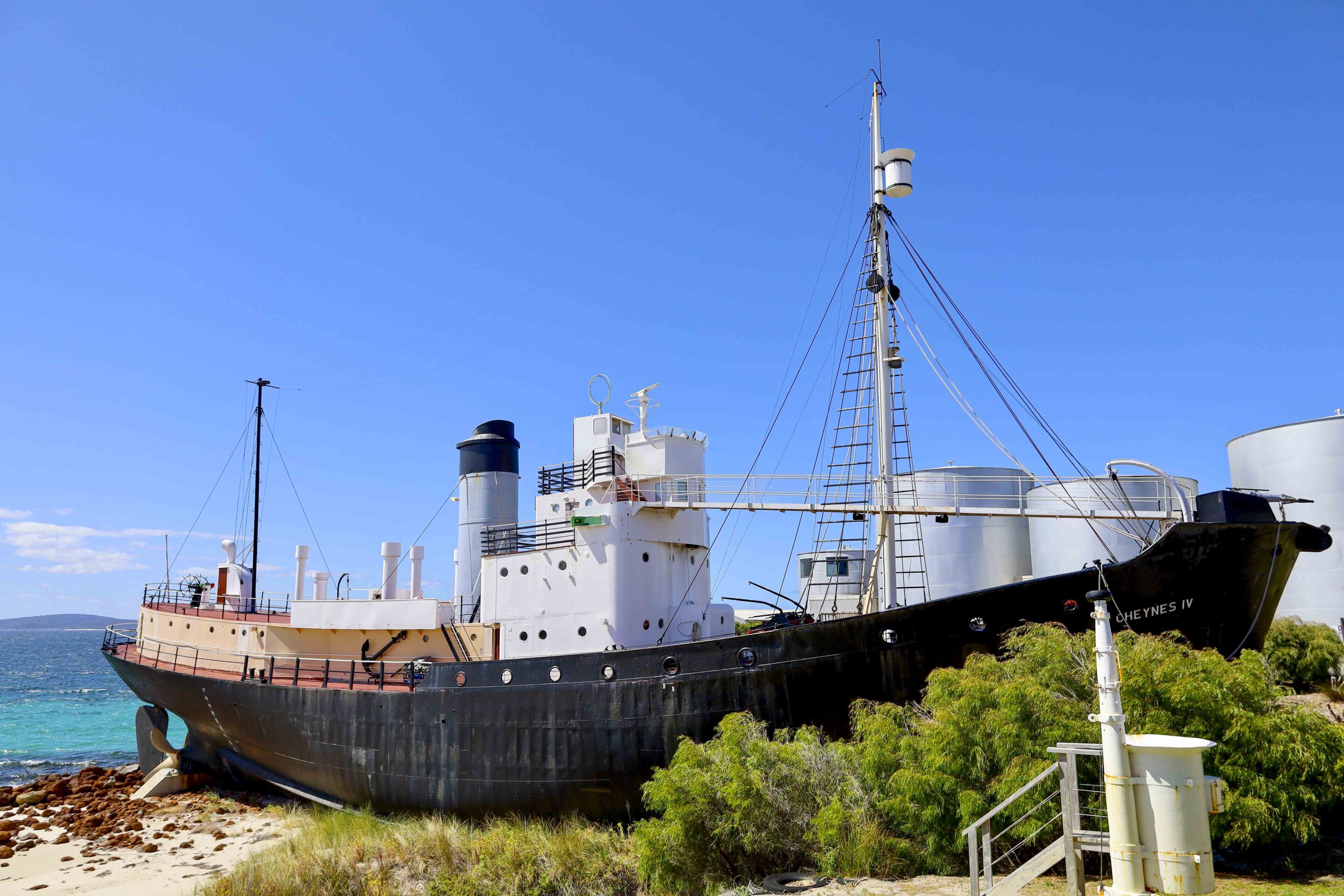
In town, the National Anzac Centre honours the 43,000 soldiers who departed from Albany in 1914. Set within the Princess Royal Fortress precinct, the centre offers moving stories, interpretive exhibits, and panoramic views across King George Sound. The site also includes restored bunkers and artillery once used to defend the coastline.
From January to March, Bremer Canyon becomes a hotspot for orca sightings. This 3.5km-deep marine trench teems with killer whales, sperm whales, sharks, and dolphins – all accessible on offshore eco-tours.
Natural Wonders
Nature lovers are spoilt for choice. South of town, Torndirrup National Park offers raw, elemental beauty. Stand on The Gap, a dramatic cantilevered platform over 40m-high cliffs, or visit the nearby Natural Bridge, where waves have sculpted granite into a stunning coastal arch.
If you’re looking to escape the sea spray, head north to Albany’s wine region, where cellar doors serve up top-notch vintages and gourmet fare among rolling hills.
For a challenge, venture inland to Porongurup National Park, where the 5km Granite Skywalk Trail climbs through ancient Karri and Marri forests. The summit of Castle Rock offers sweeping views across the plains – with a 6m vertical ladder climb for the adventurous.
Prefer a longer trek? Tackle the legendary Bibbulmun Track, a 1000km hiking route to Perth, or ride the Munda Biddi Trail, the world’s longest off-road cycling path.
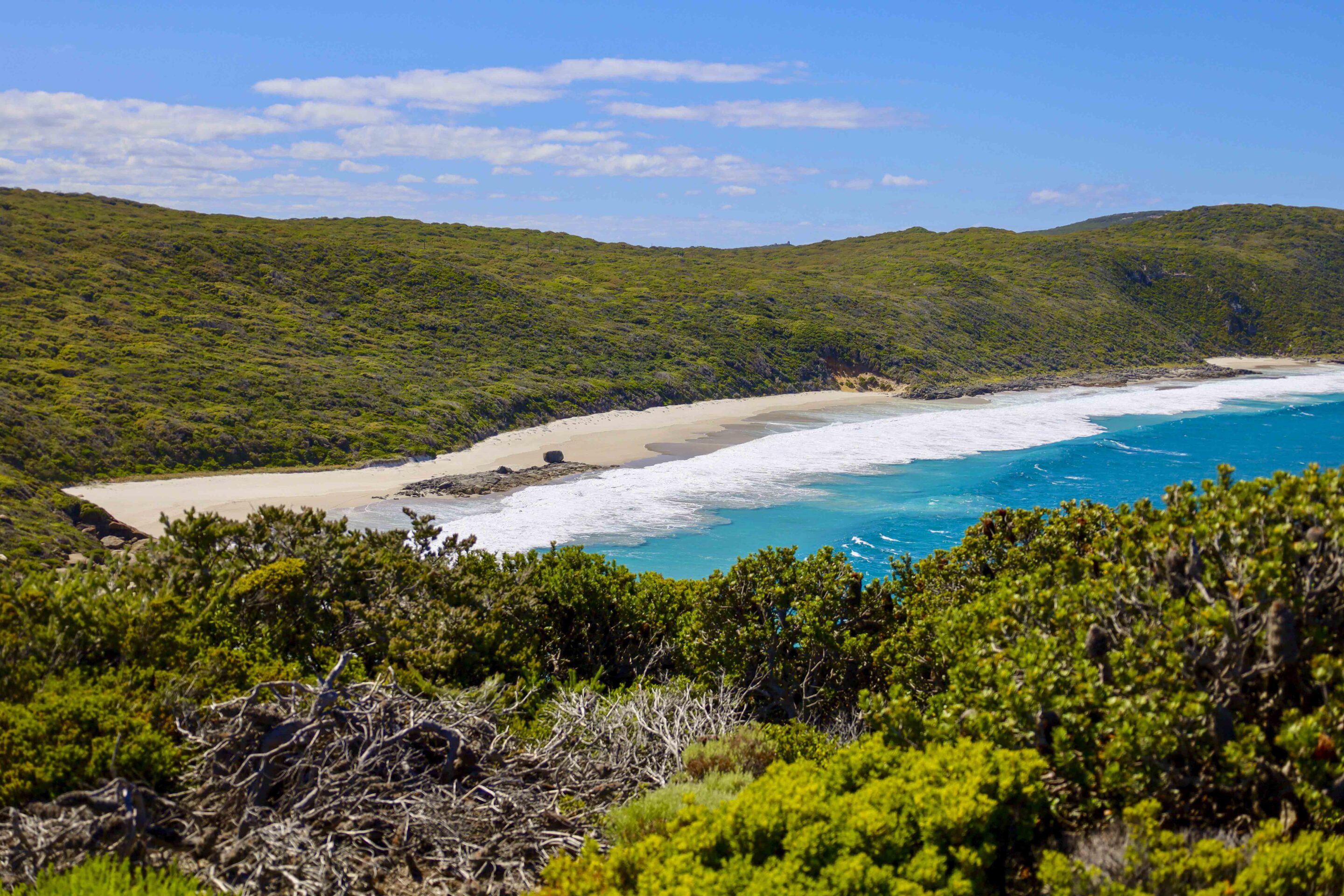
Exploring Albany
- Where: Albany is located 420km southeast of Perth, set against the wild Southern Ocean. It’s WA’s oldest European settlement, with a population of around 40,000.
- Best time to visit: Year-round – though summers are warm and dry, and winters can be wet and cool.
- Recommended stay: At least 4 days to experience the highlights, longer if you plan to hike, bike or take a whale-watching tour.
- Note: A National Parks Pass is required for park entry.
What to see and do
✅ Wander the heritage-lined main street and waterfront
✅ Visit the National Anzac Centre & Princess Royal Fortress
✅ Explore the Historic Whaling Station
✅ Brave The Gap and Natural Bridge at Torndirrup NP
✅ Taste your way through local wineries
✅ Hike the Bibbulmun Track or Granite Skywalk
✅ Join a Bremer Canyon orca tour (Jan–Mar)
More Info
Albany Visitor Centre
📞 (08) 6820 3700
🌐 www.amazingalbany.com.au

